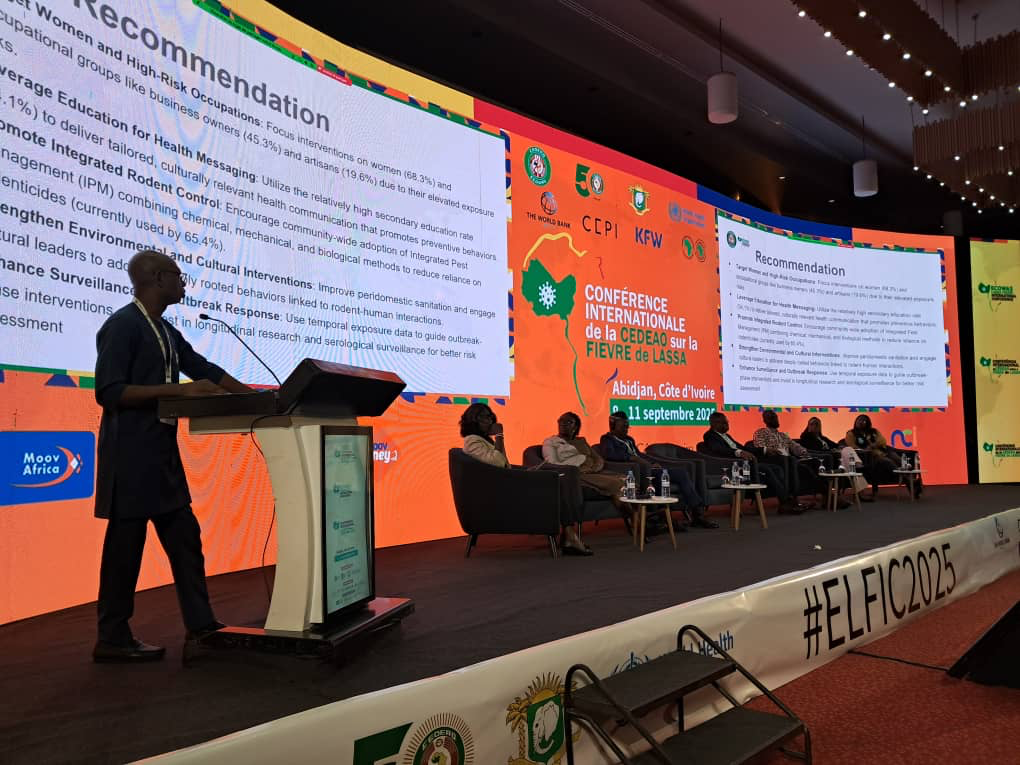By Contributor,John Walkup
Copyright forbes

Heading into the fall 2025 season, the market feels like it’s holding its breath. Inventory will rise, but will demand follow?
Getty Images
Manhattan and Brooklyn real estate have two main seasons: spring and fall. The latter is setting up to be far more volatile than usual, with real potential for a sudden shift in market momentum.
Spring is the dominant season, lasting from mid-February through mid-June, and sees the majority of deal volume. Fall is quieter, but what it lacks in volume it makes up for in intensity. Unlike spring, which sees new listings spread out across February, March, and April, the fall season sees a flash flood of listing activity right after Labor Day as sellers hit the market.
Buyers then spend September and October viewing, thinking, and bidding. In the background, mental calendars are ticking away, hoping there’s enough runway to get a deal before everyone’s attention shifts to Thanksgiving, holidays, and winter vacation. In short, fall can be a whirlwind of a season.
While there’s cautious optimism around the upcoming fall real estate season in Manhattan and Brooklyn, it is very much a “hope for the best, plan for the worst” environment. In Manhattan, particularly, the shorter fall season is much calmer than spring, averaging about 40% fewer deals (3,387 deals in the fall versus 4,751 in the spring), based on the last five years.
So right out of the gate, expectations need to be adjusted for the seasonally small buyer pool. Moreover, the sub-$4M segment has underperformed historical averages for three years running, so it’s difficult to predict a fresh surge in demand in that sector.
MORE FOR YOU
5-Year Average Deal Volume in Manhattan and Brooklyn, Spring Vs. Fall
On the other hand, the luxury, $4M+ segment is firing on all cylinders. Since the spring of 2023, contract activity in the luxury tier has consistently beaten seasonal expectations. Of course, since the vast majority of these deals are cash, mortgage rate shock is not an issue. As a result, this segment remains robust.
Luxury vs. Non-Luxury
From a data standpoint, the Manhattan and Brooklyn markets are split by a clear dividing line: luxury vs. non-luxury. The chart below shows the average pace of deal activity in 2025 compared to the 2023/2024 average, illustrating the point.
The over $4M sector spent most of the year exceeding levels seen in the last two years, while sub-$4M activity continues to stagnate. It’s the luxury segment that keeps notching deals. That divide shows across various market sentiment statistics, particularly in new developments and renovated, well-located properties.
Average Pace Of Deal Activity In 2025 Compared To The 2023/2024 Average
A Fragile Moment
Supply levels are crucial in the current dynamic. While demand slipped, supply did not build. While inventory has slowly begun building in the under $4M market, the overall lack of a glut during a slow market kept leverage neutral. As a result, pricing has stayed relatively stable despite the sluggishness. But while the market appears balanced, the transition from summer languidity to fall busyness could set the stage for a sharp transition in dynamics and an equilibrium shock.
Supply Levels In The Luxury Vs. Non-Luxury Market In 2025 Vs. The 2023/2024 Average
Seasonality typically works like this: a wave of listings hits the market after Labor Day, then buyers engage, and signed contracts follow in October. This year, with supply hewing closely to typical seasonal patterns, expect the usual post-summer wave of new inventory to arrive.
The wild card is demand.
If buyers don’t show up, a long-threatened inventory glut could finally emerge, especially in the under-$4M segment. The overhang in supply could quickly flip the leverage in buyers’ favor, forcing sellers into price cuts. However, if buyers do show up, the relative scarcity of spring and summer inventory could quickly push leverage the other way, giving sellers a tailwind and cover to firm up prices.
For buyers below the $4M mark, mortgage rates are still the elephant in the showroom. Rates have hovered in the mid-6% range, and while we’ve seen a slight downtick recently, it’s not enough to jolt demand on its own. The under-$4M segment remains highly rate-sensitive, and until borrowing costs come down meaningfully, or sellers adjust their expectations en masse, the market’s stuck in cruise control.
30-Year Conforming And 30-Year Jumbo Mortgage Rates From February To August 2025
Beyond rates, the broader macro backdrop is a swirl of contradictions. The stock market indexes are near all-time highs, but inflation and unemployment concerns are rising, and whispers of stagflation put the Fed between a rock and a hard place. On the macroeconomic front, all roads lead to uncertainty, which tends to sideline volume.
What to Look Out For
In terms of potential catalysts to shake things up this fall, mortgage rates are the elephant in the room. A sharp move downward, especially one perceived as sustainable, could bring sidelined buyers back into the game and encourage locked-in sellers to list.
On the flip side, if macro data disappoints or surprise headline policy shifts introduce more volatility, buyer confidence could take another hit. While a rate cut might seem like a panacea, when it comes to the Fed, not all rate cuts are equal. Lowering short-term rates to stimulate a slowing economy means that buying conditions are likely to be poor. Bottom line: rates still run the show, especially for non-luxury buyers.
Final Thoughts
Heading into the fall 2025 season, the market feels like it’s holding its breath. Inventory will rise, but will demand follow?
Prices are holding, for now, but they’re not immune. And while luxury buyers keep playing, the rest of the market is waiting for a reason to re-engage. Whether that reason comes from lower rates, more attractive pricing, or a surge of macroeconomic confidence remains to be seen.
Something’s got to give. Otherwise, the market risks sliding into a late-year stall.
Editorial StandardsReprints & Permissions



